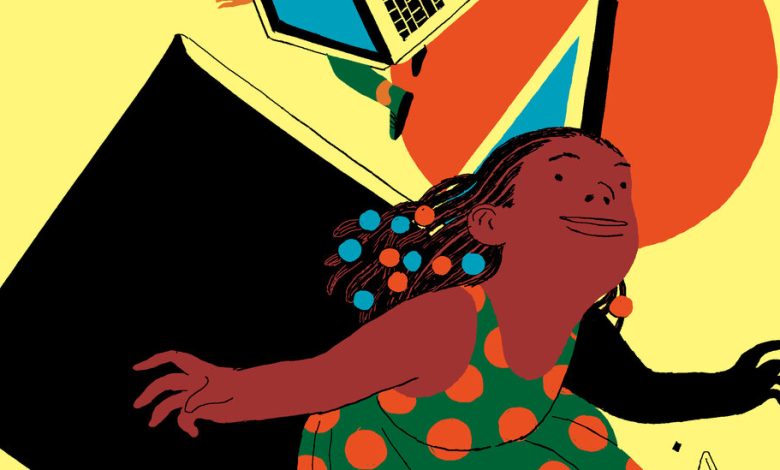Most Teachers Know They’re Playing With Fire When They Use Tech in the Classroom

A few years ago, when researchers at Boston College and Harvard set out to review all of the existing research on educational apps for kids in preschool through third grade, they were surprised to find that even though there are hundreds of thousands of apps out there that are categorized as educational, there were only 36 studies of educational apps in the databases they searched. “That is not a strong evidence base on which to completely redesign an entire schooling system,” Josh Gilbert, one of the co-authors of the study, told me over the phone.
That said, their meta-analysis of the effects of educational app use on children’s literacy and math skills, published in 2021, found that well-designed apps can make a positive difference when it comes to “constrained skills” — things like number recognition or times tables in math, or letter sounds in literacy. Unconstrained skills are more complex ones that develop over a lifetime of learning and can deepen over the years. (It’s worth noting that many popular educational apps are not high-quality.)
Gilbert said that overall, “the range of effects was gigantic.” Because they were all over the place, “we have to go beyond the average effect and say, OK, for whom does the app work? Under what conditions? On what types of measures? And I think those are the questions that researchers, policymakers, school leaders, teachers and principals should be asking,” he said. “What are the best use cases for this digital technology in the classroom?”
In last week’s newsletter, I came in pretty hot about the pitfalls of educational technology in American classrooms. I’m convinced that since students returned to in-person school after the disruptions of 2020-21, there are too many schools that haven’t been taking a thoughtful or evidence-based approach to how they’re using screens and apps, and that it’s time for a pause and a rethink. But that doesn’t mean there are no benefits to any use of educational technology.
So for the second part of this series, I wanted to talk to people who’ve seen real upsides from using tech in their classrooms. Their experiences back up some of the available research, which shows that ed tech can help teachers differentiate their material to meet the needs of students with a wide range of proficiencies. Further, teachers report that students with disabilities can really benefit from the assistive technologies that screens and apps can provide.
Debbie Marks, who teaches third grade in Oklahoma, told me that her students’ school-issued laptops allow them “to participate in differentiated reading interventions designed specifically for them” during the school day. That differentiation allows her to better assess how each student has progressed and tailor her instruction to each student.



